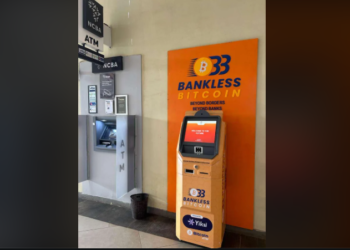On 5th February, CBK lowered its benchmark rate by 50.0 basis points to 10.75% from 11.25%, marking the fourth consecutive reduction since August 2024, in a bid to stimulate lending and boost economic growth. But what exactly does an interest rate cut mean, and how does it impact different sectors of the economy?
Interest rates play a crucial role in the economy, influencing borrowing, spending, and investment. When central banks reduce interest rates, it has far-reaching effects on businesses, consumers, and overall economic growth.
An interest rate cut occurs when a central bank, such as the Central Bank of Kenya, lowers the benchmark interest rate. This rate determines the cost at which commercial banks can borrow money. When central banks reduce these rates, borrowing becomes cheaper, encouraging businesses and individuals to take out loans and increase spending.
For consumers, lower interest rates mean reduced costs for mortgages, auto loans, and credit cards. This can lead to increased purchasing power and higher demand for goods and services. Businesses, on the other hand, benefit from lower borrowing costs, making it more affordable to expand operations, invest in new projects, and hire more employees.
Lower interest rates typically make saving less attractive, as returns on savings accounts and fixed deposits decline. Consequently, investors may turn to higher-yield assets such as stocks and real estate, driving up prices in these markets. Stock markets often respond positively to rate cuts as businesses gain access to cheaper financing, which can boost corporate earnings and investor confidence. It’s important to align any portfolio changes with your long-term financial goals and risk tolerance.
An interest rate cut is often used as a tool to stimulate economic growth, particularly during slowdowns or recessions. By encouraging borrowing and spending, it can help revive economic activity. However, if rates are kept too low for too long, there is a risk of inflation rising too quickly, reducing the purchasing power of money.
An interest rate cut is a powerful monetary policy tool that can stimulate economic growth by reducing borrowing costs and encouraging spending. While it can benefit consumers, businesses, and investors, it also carries risks, such as inflation. There is need for CBK to carefully balance these factors when deciding whether to adjust interest rates, when aiming to boost credit growth and support Kenya’s economic growth.

















